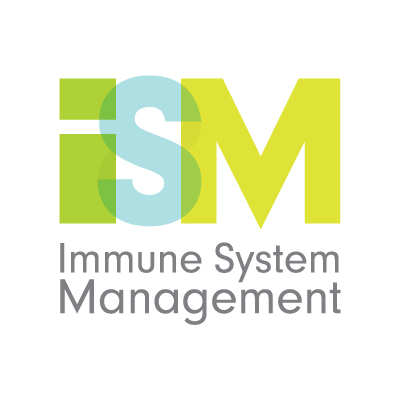Research Topics
The multidisciplinary nature of orthomolecular chemistry within the human body and the medical establishment’s growing interest in alternative/complementary therapies results in ISM being involved at many different levels of research that may be best categorized as follows:
(a) Immunosenescence Research
(b) Sports Medicine
(c) Special Research Topic HERV-K102
We have observed, at a clinical level, that many cancer patients do not actually die from their cancer but rather from other non related complications.
(b) New Fields of Science & Sports Medicine
An observational study of one Olympic athlete led us to be interested in the unique and multifaceted nature of Aminomics supplementation in athletes, and how the stresses they encounter individually affect overall protein and multi-nutrient needs. We have postulated that using Aminomics protocols on extreme performance athletes could be ergogenic (i.e., enhance the overall performance). As a result, we began a multi-stage exploratory research process:
(a) A Scientific Discussion of Amino Acids and Other Micro- & Macro- Nutrients and Sports Performance
(b) Amino Acid Supplementation in an Athlete with a Rare Carcinoma of the Thyroglossal Duct Cyst: A Case Report
(c) An Observational Study of Plasma Amino Acid Patterns in Performance Athletes: Interim Results
(c) HERV-K102 Resource Centre (Click here for more information)
This link will open up a special ISM information section concerning news and views about the Human Endogenous Retrovirus (K102) and it’s implication on the immune system and overall health.
About 8% of the human genome is made up of retroviruses. While most of these are just bits and pieces, some like human endogenous retrovirus K HML-2 group members are recent immigrants to the human genome and may still be active. HERV-K102 is the only known endogenous retrovirus confirmed by several research groups to be replication competent in humans and appears to be a novel component of human innate immunity.
The induction of HERV-K102 particle production appears to play a major role in recovery from chronic diseases.

